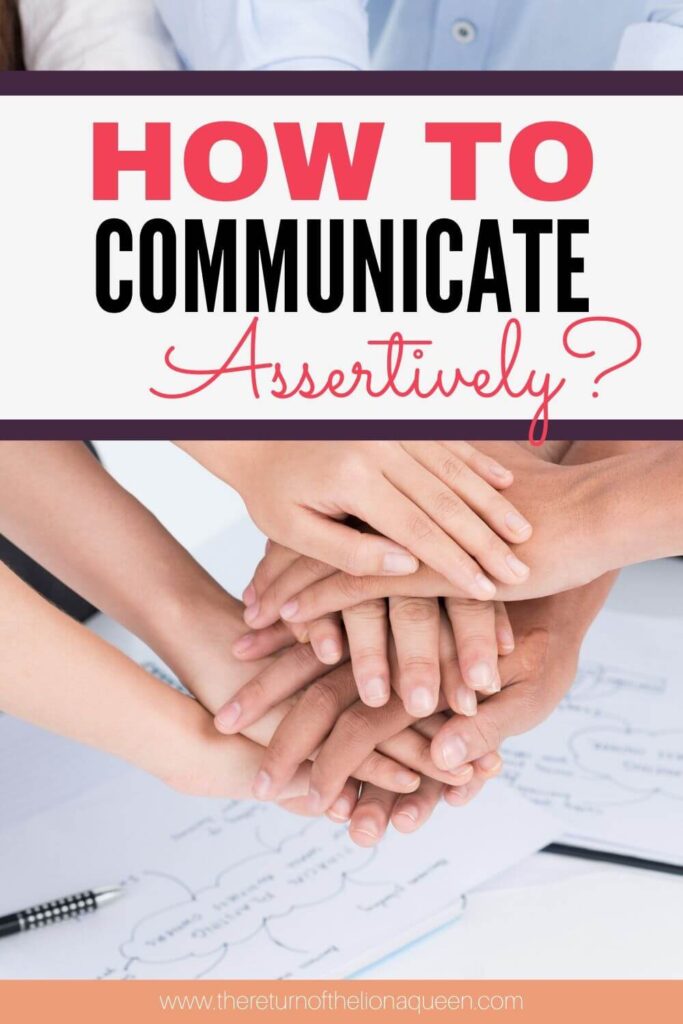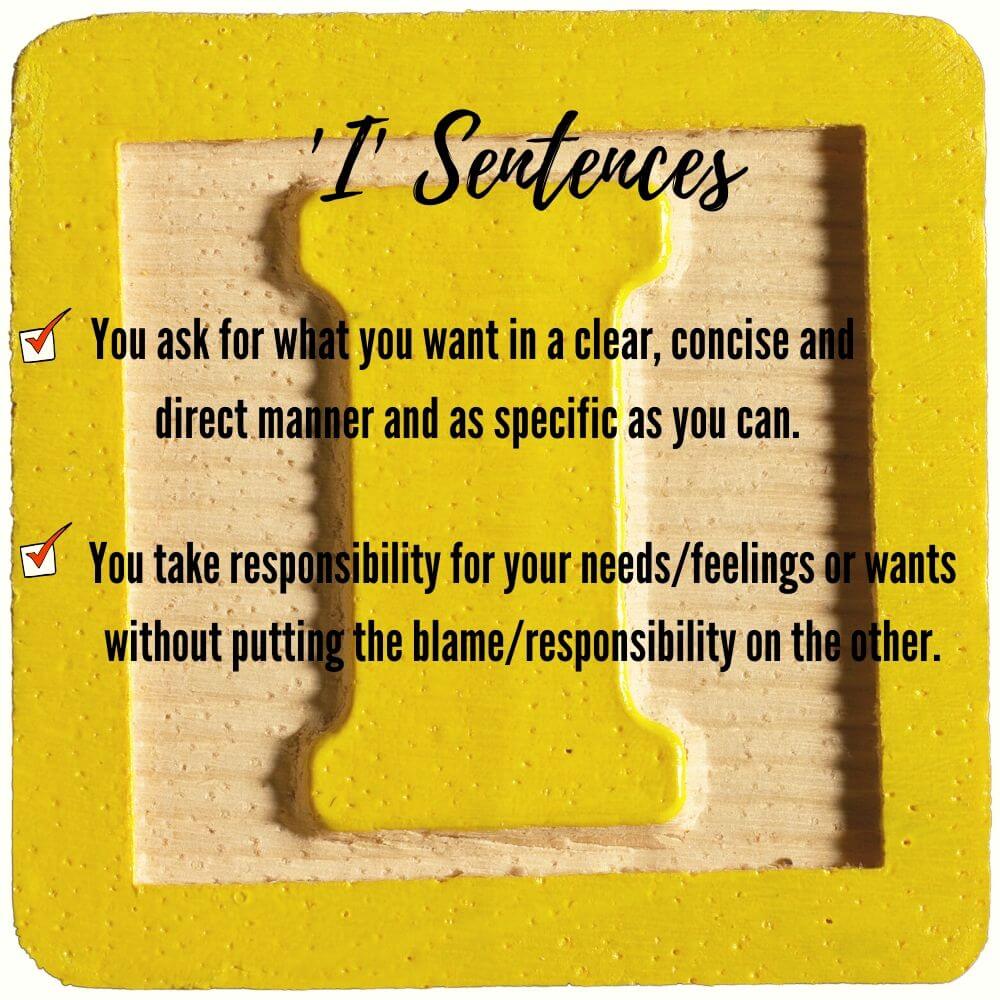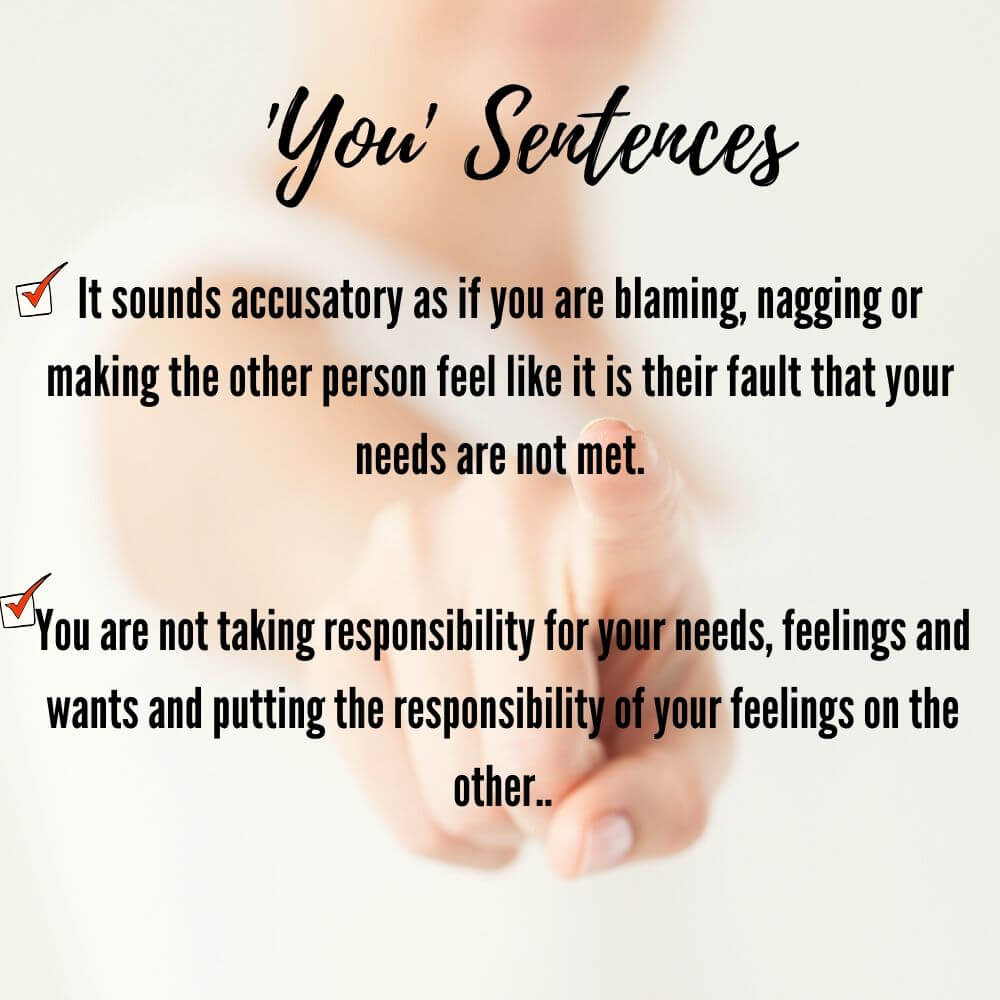Do you find it hard to say ‘No’ to people or do you feel terrible for asking for what you want without the accompanying pangs of guilt or other million thoughts taking control of your mind? If that is the case, you might want to add a healthy dosage of ‘Assertiveness’ into your diet. It helped me and I am certain it will be of great help to you as well to communicate Assertively.
My misconceptions: What did I think about communicating assertively
The first time I heard about Assertiveness was when I attended a workshop about it during my banker days. The trainer hemmed and hawed about the importance of communicating assertively and the only thing that registered in my mind was that it was the penultimate way of being and speaking. It meant speaking nicely enough without being mean to others but yet having your way. Well, it was something to that effect! The other option was being aggressive or submissive. In my naivety, I concluded that I was neither of the last two options and hence had be assertive.
My Shock: Did I communicate assertively?
With age, wisdom dawned on me. To my biggest surprise and causing a deep bruise on my inflated ego, I found out I was not the glorious ‘ Assertive master ‘ yet! Well, in some areas of my life I was, so I hadn’t hit rock bottom! But surprisingly, I observed, that in some situations, I was aggressive and some others even bought out the ‘doormat’ out of me! It took me by surprise and was the final nail on the coffin of my ego to know that I did not know how to communicate assertively.
Time for action- Investigate how to communicate assertively
That was where I drew the line and decided it was finally time to dig deep and get to the bottom of what Assertiveness was all about. After all, I didn’t fancy being nasty to people, neither did I want to be their doormat, and more importantly I had to nurse my precious ego back to health. So when I chanced on a book on kindle by Darlene Lancer -How to speak my your mind -Become Assertive and set limits, I devoured every bit off it and became more enlightened on the topic.

How do you communicate assertively?
To communicate assertively it is important to know your what, whys and hows?
Communicating assertively has to do with knowing how to ask for what you want. According to the author, many people do not know what they want. Instead of being clear and direct in their communication, they end up often beating around the bush or are unclear by grumbling, nagging, giving hints etc. Most of it is because they don’t know what they want.
Let us look at an example :
- What do I want? : I want to go to a movie
- Why do I want it?: Because I want to spend time with you/enjoy spending time with you etc
- What do I feel when I get what I want? : Happy/ excited/loved/included?
- What do I feel when I don’t get what I want?: Disappointed, hurt, unloved etc.
- Is there any other alternative way to fulfil the why? : Can it be a quiet dinner only? Can the movie be tomorrow, next week? Find other options.
So if you want to have a quiet dinner with a friend don’t moan about the past, grumble or get into a rigmarole, instead figure out what you want. Next, find out why you want it and the purpose it serves you. It is important to be aware of how you feel when you do get and don’t get it. Then it helps to think of options wherein both parties are happy.
Effective communication= Assertive Communication
Once you know what you want, the following is a quick hack to help you become Assertive. It is about rephrasing what you want respectively and positively. I must warn you that it may sound like an English class, but it is an effective hack!
Use’ I ‘statements instead of ‘You ‘statements while communicating.

Let us consider the following sentences to understand why this is important and how it makes a difference in the conversation:
- You always are like a jerk and are inconsiderate!
- I feel hurt when you do Xyz…
- You never take the trash out.
- I would like you to take the trash out. (or)
- Can you please take out the trash now? ( You can give the time frame you would want it by)
- You are always late
- I would prefer if you reach by 5.30 as I do not like waiting for hours on end.

Ask for what you want clearly with no added extra’s
It is best to ask for what you want clearly without the added extras of taunting, grumbling, nagging, beating around the bush. Let us consider the following:
- I would like to go for a movie today. (Better yet, specify the movie name ) instead of
- You never take me out for a movie. The last time we went was ages ago. You promised me 3 months ago and we haven’t still gone..blah, blah blah. ( grumbling, nagging, bringing the past )
By being unclear the other doesn’t know what you want and it doesn’t solve the problem.
Don’t ask a question or give out subtle hints
Never assume that people are mind readers and know what goes inside your head. Let’s see how this pans out.
- I would like to go to the party. (Assertive) instead of
- Do you want to go to the party? (Question)
- I would like you to hover the house or Can u please hoover the room? instead of
- The house needs to be hoovered. I am tired ( Hint)
Avoid the ‘I think‘ statements

Sentences like I think you should do…. sounds judgemental, opinionated or like you are labelling someone and should be avoided.
- I would like you to clean the garden now (instead of)
- I think you should clean the garden now because blah( opinion)
It is important to own your feelings and wants while communicating
- I feel unimportant or angry when you get late or stand me up ! ( own your feelings and needs and wants). – instead of
- I think you are inconsiderate blah (judgemental)
Saying a simple No.
Many people struggle to say No when they do not want to do something because they think that it might sound bad or selfish. So instead of saying no, they beat around the bush, hideaway, pretend to be busy or begrudgingly and resentfully do the task. Many others don’t know that they have the right to say No. If there is something you don’t like to do, it is perfectly alright and there is nothing wrong with that. Many people are guilt-tripped into believing that they cant say No.

The first step is to believe in your right to say ‘No’.The next is to simply say it and believe that it is a complete sentence and needs no justification or clarification. Some of the alternates to No are
- I am not comfortable with that (rather than) You force me to do…
- If you do not want to discuss something you could say:- I would rather not discuss that rather than You always.…..blah blah.
However, the author acknowledges it can get a bit sticky in the beginning when you are starting with close relationships. So she suggests the following
- Practice with people who do not make a difference to your life, like a sales clerk or people at the shopping till who you will not meet again.
- Instead of giving long explanations and blaming, it is better to buy time by saying – I will get back to you or Let me think about out it and I will get back to you. The goal is to be direct and to not beat around the bush.
Creating boundaries
Creating boundaries is an advanced form of Assertiveness and involves risks. It means you take a stand about who you are and what you are willing to do or not do and how you want to be treated and respected in a relationship. It is when you draw the line in sand and say -That’s it! This is my boundary. Here you know what is not negotiable /not acceptable to you and have consequences for anyone violating the boundary. Eg: If a person is being repeatedly rude to you and after normal ways of assertiveness are ignored, you can say – Stop talking to me rudely. I will talk to you only after you calm down or when you are willing to hear me. Here your non-negotiable is to be spoken with respect. Some examples are establishing boundary are:
- No
- I dont take responsibility for that
- Thats your opinion
- Stop
- I dont like it
- Cut it out
- I dont see it that way
- Dont call me names
- Please dont
- I dont want to listen(discuss tha
Setting limits
If after setting boundaries, the offence is still happening, nagging, blaming, raising voice won’t help. It is all ineffective. Instead, the author suggests to dig deep and find out the core issue of what is troubling you and why. What is acceptable to you and not. Setting a limit is the last resort and it is where you make an ultimatum. It is when you know that something is not acceptable and you are willing to take whatever necessary action to stop your boundaries being violated. The consequence here is for your well being and not to punish the other person. Hence only if you can carry out the consequence it makes sense to issue a threat of the consequence.
The way forward-How to communicate assertively?
The next time you find yourself in a pickle and are afraid to say no or ask for what you want, know it is your right! After you believe in your rights, spend time trying to understand what you want and why. Then communicate effectively using I statements and by being clear and concise. Do not be subtle or drop hints as no one is a mind reader. Also do not hesitate to say No as it is also one of your fundamental rights. Lastly, know your boundaries and establish them clearly and if nothing else works, set limits! All this takes time, support and relearning. So keep practising till this becomes a core part of who you are. We owe this to ourselves to help make a more cohesive and equal society.






[…] Assertive […]